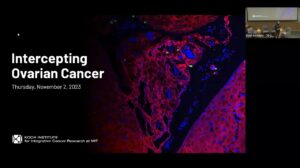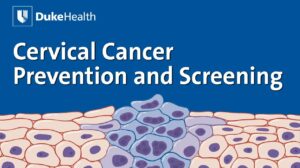NEW YORK (Reuters Health) – A negative sentinel lymph node (SLN) biopsy in patients with melanoma is associated with a low likelihood of disease recurrence involving the lymph nodes, according to the results of a new meta-analysis. The finding thus supports “the use of this technology for staging patients with melanoma.”
Dr. Gary H. Lyman, with Duke University Medical Center and the Duke Comprehensive Cancer Center in Durham, North Carolina and colleagues point out In the Journal of Clinical Oncology online March 7 that lymph node status is the most important prognostic factor for patients with early-stage cutaneous melanoma, and that SLN biopsy has gained rapid acceptance for nodal staging. However, reported results have varied regarding feasibility and performance of the technique.
“Given the potential implications of sentinel lymph node biopsy results and the controversies surrounding its analytic and clinical validity,” the investigators conducted a meta-analysis of 71 studies involving 25,240 patients to assess the performance characteristics of SLN biopsy in this setting.
On average, mapping of the SLN was successful in 98.1% of cases, with improvement in more recent studies, according to the report. The false negative rate ranged from 0% to 34% and the weighted summary estimate was 12.5%.
After a negative SLN biopsy, the pooled estimate of disease recurrence in the same nodal basin was 3.4%, the investigators found.
Among patients with a positive SLN biopsy, there was a 20.1% probability of additional nodal involvement on complete lymph node dissection. Furthermore, even with complete lymph node dissection (CLND), 7.5% of patients subsequently developed recurrence in the same nodal basin.
“This result emphasizes the fact that some patients still develop nodal recurrence despite the majority undergoing a CLND of the affected nodal basin,” Dr. Lyman and colleagues point out.
Summing up, they say that the analysis synthesizes 20 years of experience with SLN biopsy in patients with cutaneous melanoma. After a negative biopsy, the chance of nodal recurrence is estimated to be no more than 5% “providing reassurance that SLN biopsy is a feasible and reliable technique.”
The authors add that the results should “stimulate further research into the optimal use as well as the limitations of this procedure in clinical practice.”
Reference:
Lymphatic Mapping and Sentinel Lymph Node Biopsy in Patients With Melanoma: A Meta-Analysis
J Clin Oncol 2011;28.




